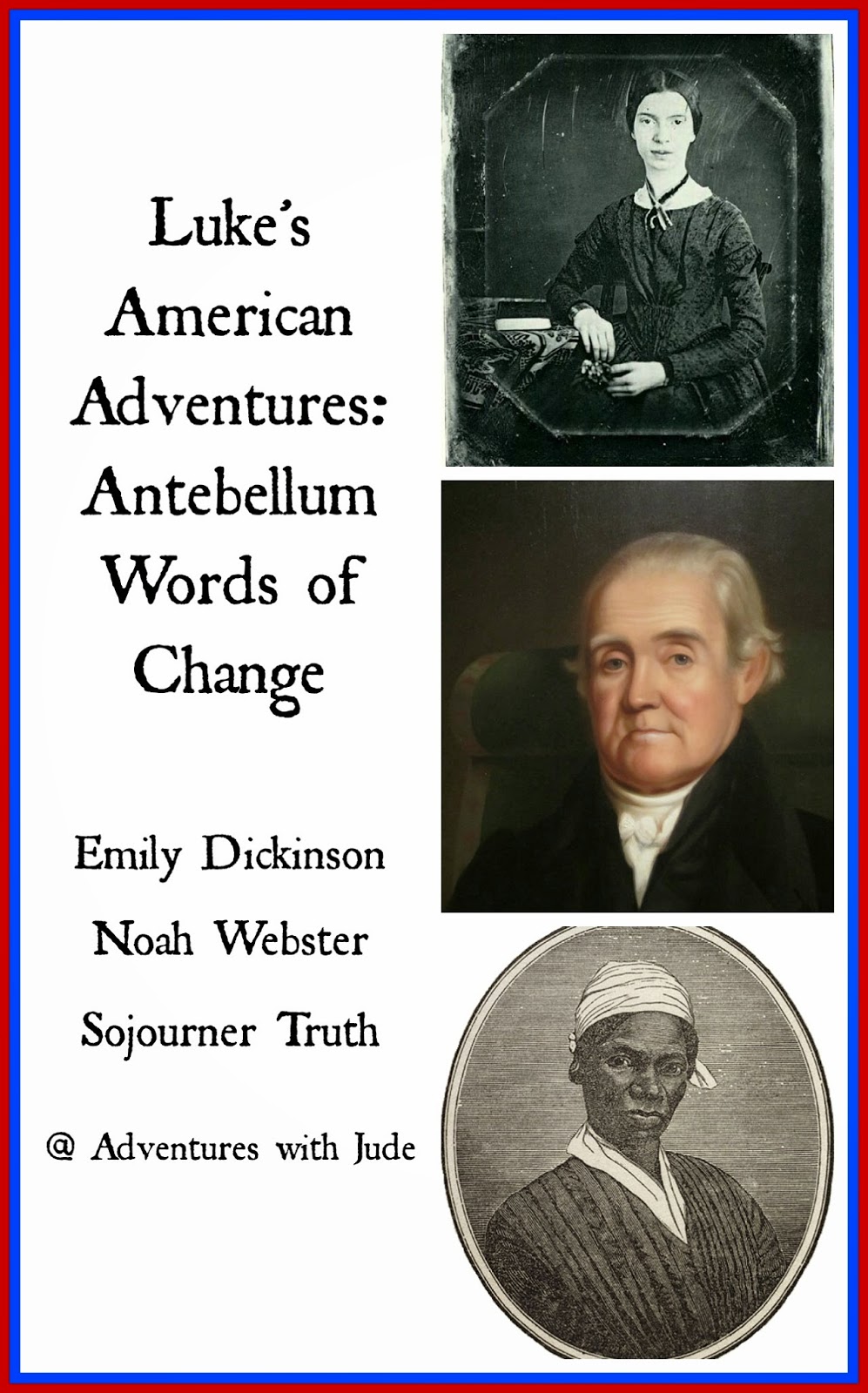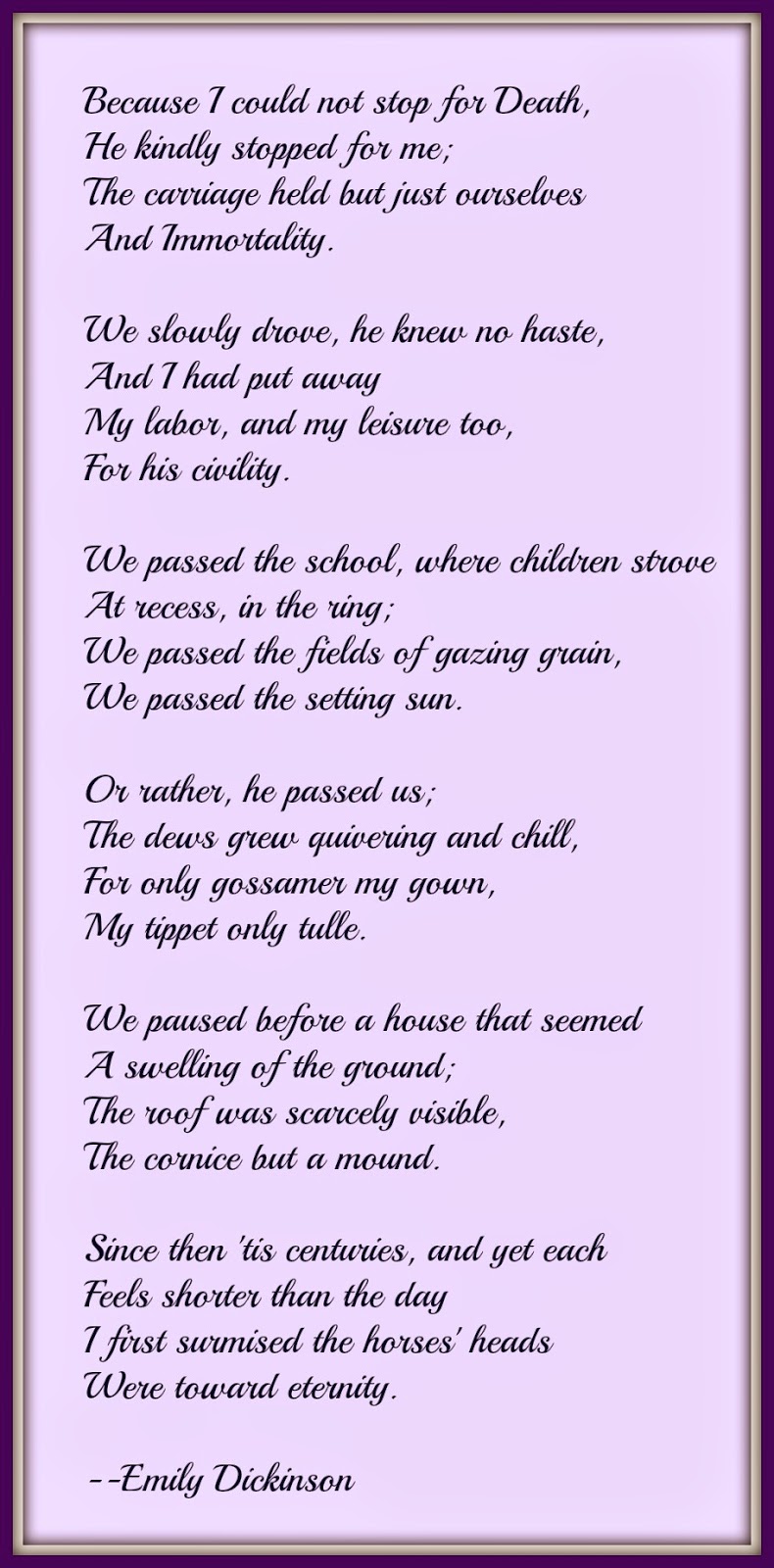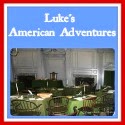People often say "It is what it is; I can’t change anything.” However, this is untrue. One person can make an extraordinary effort and effect change. Many historical figures that lived during America’s antebellum period impacted American society. Three of these people were poetess Emily Elizabeth Dickinson, author Noah Webster, and abolitionist Sojourner Truth.
Emily Dickinson
Emily Elizabeth Dickinson was born on December 10, 1830, in Amherst, Massachusetts to Edward Dickenson and Emily Norcross. Emily and her two siblings, elder brother William Austin (1829–1895) and younger sister Lavinia Norcross (1833–1899), had deep roots in the New England states; two hundred years before, their patrilineal ancestors had landed in America during the Great Puritan Migration. Her paternal grandfather, Samuel Dickinson, was the founder of Amherst Academy (now Amherst College), and Emily’s father served as their treasurer for nearly forty years. Following in the “family business,” on September 7, 1840, Emily and her sister Lavinia started together at Amherst Academy. Emily spent seven years at the Academy, taking classes in English and classical literature, Latin, botany, geology, history, "mental philosophy," and arithmetic. These courses would be inspiration for her poetic themes.
In Emily's teen years, a wave of religious revivals moved through New England. One by one, her friends and family members made a public profession that a belief in Christ that was necessary to become a full member of the church. Although she agonized over her relationship to God, Emily ultimately did not join the Congregationalists -- not out of defiance, but in order to remain true to herself, saying "I feel that the world holds a predominant place in my affections. I do not feel that I could give up all for Christ, were I called to die."(1) By 1868, Emily stopped attending public worship services completely.
Emily began her writing career as a teenager, writing nearly 1800 poems as an adult. She had many influences: Amherst Academy’s principal Leonard Humphrey, family friend Benjamin Franklin Newton, and poet William Wordsworth. Many of her poems had underlying themes of sadness and death, likely due to a combination of agoraphobia, anxiety and depression, and spending much of her adult life as the primary caregiver for her ailing mother. By including these themes in many of her poems, rather than extolling “Godly” virtues, she became part of the Transcendentalist movement, rebelling against the Puritan ideals her family tried to instill in her. Though her writing was prolific, her published repertoire was minimal: only seven of her poems were published before her death from kidney disease on May 15, 1886. After her sister's death, Lavinia discovered the hundreds of her poems in notebooks that Emily had filled over the years. The first volume of these poems was published in 1890, and a full compilation of Emily’s poems, titled The Poems of Emily Dickinson, was finally published in 1955.
Noah Webster
Noah Webster was born on October 16, 1758 in the West Division of Hartford, Connecticut (now West Hartford). Noah grew up in an average colonial family - his father was a farmer and weaver. At the time, usually only wealthy sons were able to attend college, but Noah craved an education so much that his parents sent him to Yale, Connecticut's first college, in 1774. He wanted to continue on and study law, but his parents could not afford to give him more money for school. Noah decided if he could not attend school as a student, he would become a teacher.
Webster soon realized the American education system needed to be updated. One-room schools housed students of all ages, but no desks; the few textbooks the schools possessed were from England. Noah believed that Americans should learn from American primers, so in 1783, he wrote one, titled A Grammatical Institute of the English Language. It earned its nickname, the "Blue-Backed Speller", because of its characteristic blue cover. For over 100 years, over 100 million copies of the the Blue-Backed Speller taught children to read, spell and pronounce words. In his dictionary, Webster used new American spellings like "color" instead of the English "colour," and "music" instead of "musick". He also added American words that were not in English dictionaries like "skunk" and "squash." His first edition, A Compendious Dictionary of the English Language, was published in 1806. This book offered brief definitions of about 37,000 words. It took him 22 more years to finish his American Dictionary of the English Language. When he finished in 1828, at the age of 70, Noah's dictionary defined over 65,000 words, all written by hand with quill and ink. Noah died on May 28, 1843, in New Haven, Connecticut.
Sojourner Truth
Born Isabella Baumfree in ca.1797, Sojourner Truth was one of ten or twelve children born to James and Elizabeth Baumfree. (Historians cannot verify the exact number.) James Baumfree was an African captured from the Gold Coast in modern-day Ghana. Elizabeth, known as Mau-Mau Bett or Betsy, was the daughter of enslaved Africans from the Coast of Guinea. Both were the property of Colonel Hardenbergh, and they lived at his estate north of New York City. Throughout her life, Isabella was owned by four different masters: Colonel Hardenbergh, his son Charles Hardenbergh, John Neely (who would beat her daily), and John Dumont. She became the “wife” of an older slave named Thomas (by law, it was illegal for slaves to be officially wed), and bore five children: James (date unknown), Diana (1815), Peter (1821), Elizabeth (1825), and Sophia (ca.1826).
Although the process of emancipating New York slaves was not complete until July 4, 1827, New York state began to legislate the abolition of slavery in 1799. Dumont had promised to grant Isabella her freedom a year before the state emancipation, "...if she would do well and be faithful."(2) When it was time to release her, he reneged on the agreement, claiming a hand injury had made her less productive. Furious, Isabella continued working, defiantly spinning 100 pounds of wool to prove his untruth. Late in 1826, she and her infant daughter, Sophia, escaped to freedom. She had to leave her other children behind because they were not legally free; under the emancipation order, they had to serve as bound servants into their twenties. She found her way to the home of Isaac and Maria Van Wagenen, who housed the pair. Isaac offered Dumont $20 to buy Isabella’s services for the remainder of the year (until the state's emancipation took effect). Isabella soon learned that Dumont had illegally sold her five-year-old son Peter to an abusive slavemaster in Alabama. With the help of the Van Wagenens, she became the first black woman to win a court case against a white man.
These three prove that one person can make a profound change in the culture of a nation. Emily Dickinson’s poetry changed American literature and ushered in a new era of philosophical thought. Noah Webster reformed American education, allowing American children to learn about their country from American primers and dictionaries. Sojourner Truth convinced millions that everyone - white or black, male or female - was entitled to honest treatment and equal rights. These three Americans made a difference in the world around them. Follow in their footsteps, and change the course of America for the better.
Quote sources:
(1) https://www.emilydickinsonmuseum.org/church
(2) http://en.wikipedia.org/wiki/Sojourner_Truth
Image Credits:
Emily Dickinson - photograph by William C. North c. 1847 US Public Domain
Noah Webster - Detail of portrait of Noah Webster by James Herring. US Public Domain
Sojourner Truth Olive Gilbert. c. 1828. Boston: Printed for the author, 1850. US Public Domain
Webster’s Dictionary By Noah Webster. US Public Domain
©2012- 2014 Adventures with Jude. All rights reserved. All text, photographs, artwork, and other content may not be reproduced or transmitted in any form without the written consent of the author. http://adventureswithjude.com






No comments:
Post a Comment